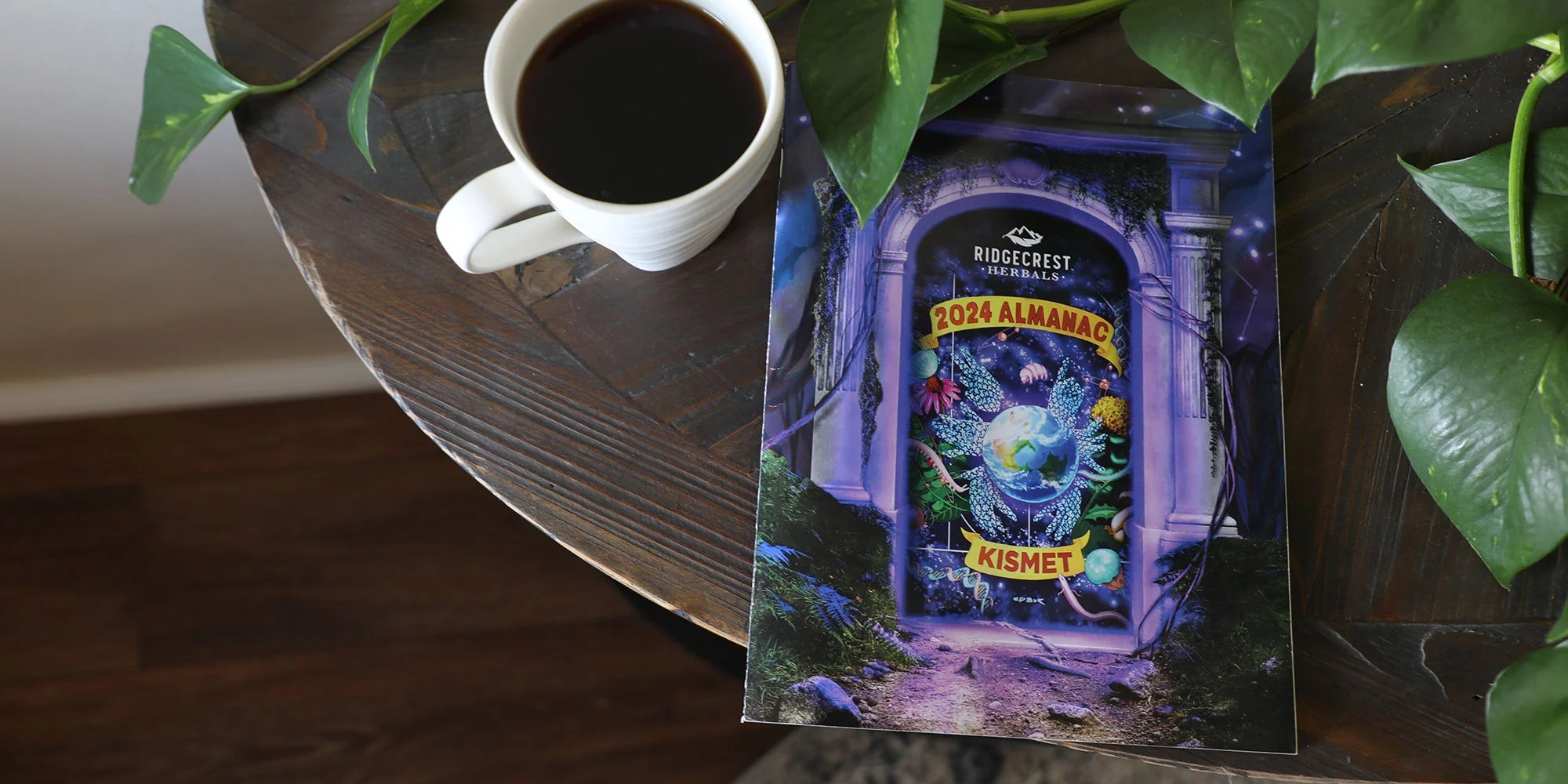by Will Christensen, Ginger Beard of Power
Ever wanted to start your own compost pile for your yard/garden, but didn’t know where to start? Here are some of the basics to help get you started on cultivating your own black gold. Microbes thrive on heat, moisture and oxygen inside your compost pile to turn organic matter into soil, full of nutrients.
Here’s what you’ll need to start composting:
- A minimum pile size of 3 feet cubed, on the ground or in a compost container.
- 1 part fresh green materials such as kitchen veggie and fruit scraps, eggshells, corn cobs, coffee grounds, tea bags, and yard scraps such as grass clippings, weeds, or dead plants.
- 2 parts dry brown materials such as dead leaves, straw/hay, wood shavings, sawdust, shredded paper, cardboard, napkins, paper towels, or natural fibers like cotton or wool.
- Oxygen and Water.
Directions for composting:
- Stir and mix your compost pile weekly, to aerate and distribute oxygen to all of the microbes that are growing. More turning will give you faster compost.
- Be sure to give your pile just enough moisture to feel like a damp sponge. If you overwater and have poolage or leaking, your pile won’t have the necessary oxygen to break things down. Too little, and the process can stop altogether.
Now that you have compost, put it to use! Your compost is ready when all identifiable parts have turned into a black and crumbly soil. Place a ring of compost around your plants and then water in to provide nutrients to established plants, or till it into your soil at the beginning of planting season.



